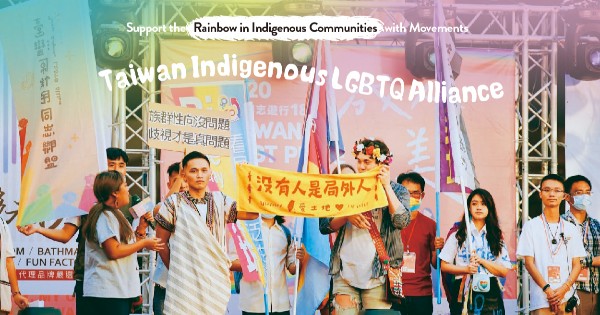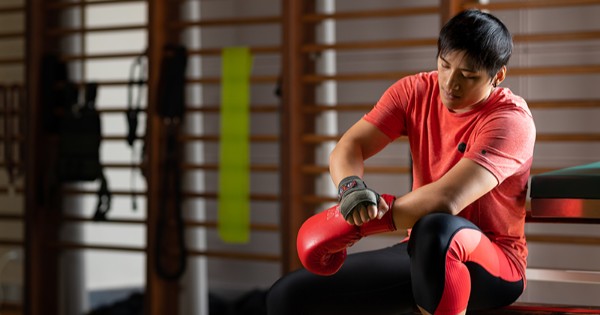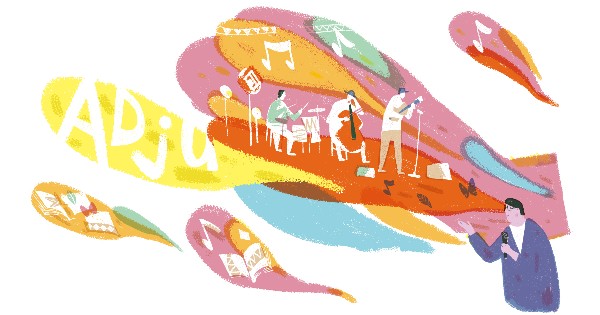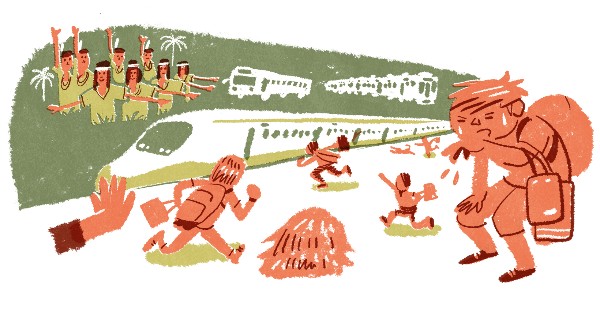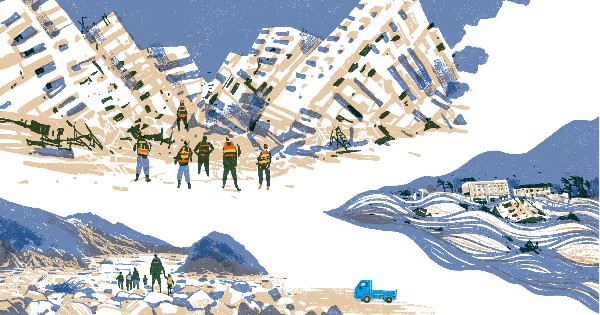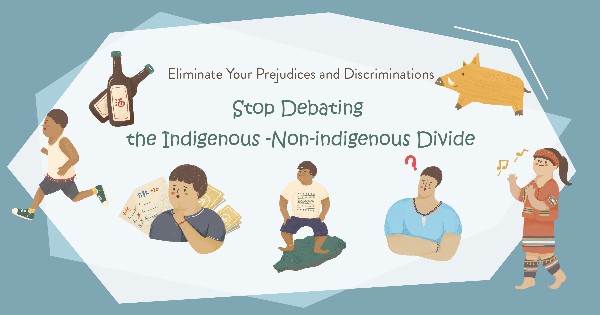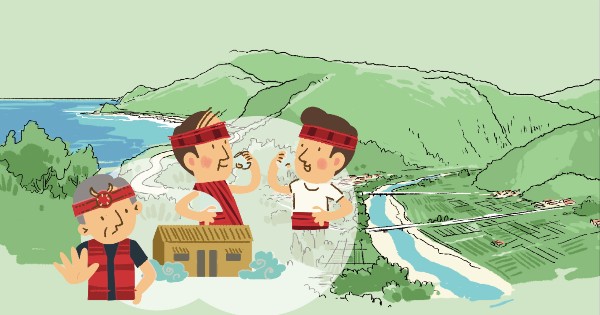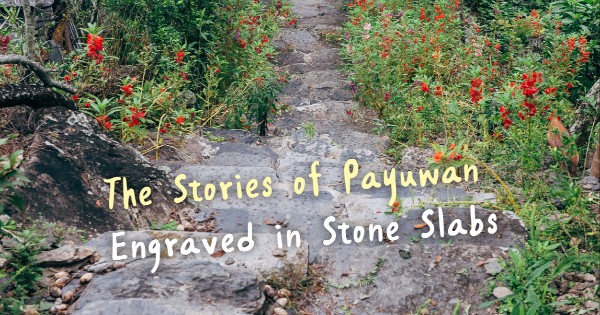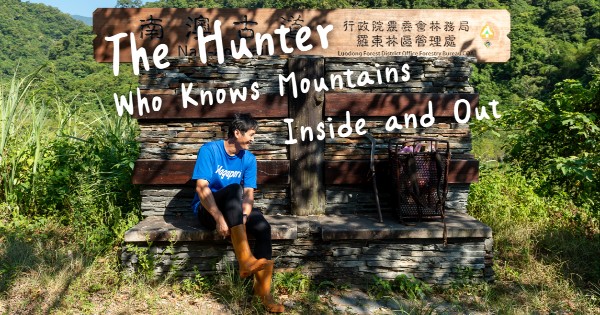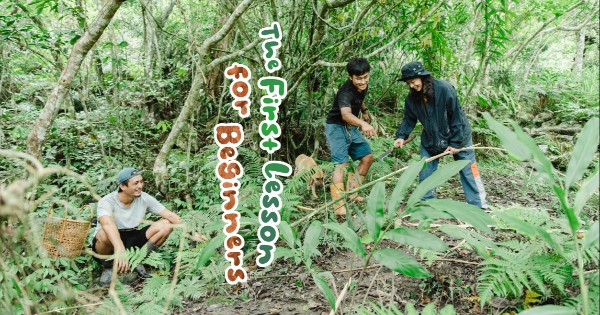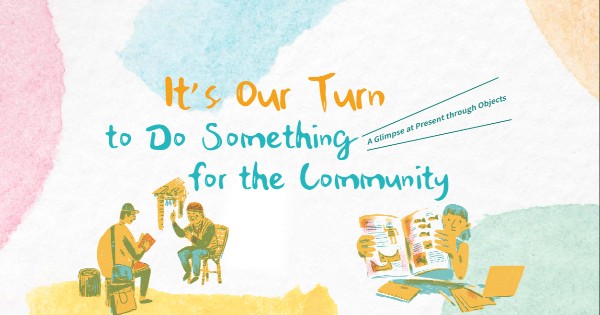2021-06-24
Support the Rainbow in Indigenous Communities with Movements | Taiwan Indigenous LGBTQ Alliance
Written by Chen I-Ru; Photo credit: Taiwan Indigenous LGBTQ Alliance; Translated by Ker Nai-Yu
Compared to LGBTQ in general, indigenous LGBTQ are more afraid of being seen. Fearless of social opinion, Taiwan Indigenous LGBTQ Alliance (TILA) steps forward courageously, giving many the courage they need. They build a place where “the minority of the minority” can understand and support one another and feel at ease.
2020-12-04
Chen Nien-Chin | Being a Girl has Never Been an Issue for Me. If I Can Do It, I’ll Do It.
Written by Chen Yi-Ru; Photo credit: Hsieh Mu-Yu; Translated by Chen Deh-I
“If you can do it, then do it. Male and female are just biological genders. Only you can decide what mindset you bring into the competition.”
2020-09-24
We are Adjus | The Diverse Gender Identity of the Paiwan People
Written by Liang Wen-Jing; Photo credit: Remaljiz Mavaliv; Illustrated by Lin Jia-Dong; Translated by Ker Nai-Yu
On the night of December 15, 2018, a special music festival took place on the playgrounds of the Timur Elementary School in Sandimen Townshjp, Pingtung County. Many adjus walk in heels glamorously dressed. Holding hands, they enjoyed the cozy musical environment, and the freedom to show their true colors in front of families and friends. Organized by Colorful Wi, this is the Adju Music Festival, the first musical event featuring indigenous LGBTIQ in the world.
2020-06-21
When Traditional Rituals are Shortened to One Day
Written by Liang Wen-Jing; Translated by 林士棻 Shihfen Lin; Illustrated by Yamasaki Tatsuya
Traditional rituals are the core of indigenous Taiwan’s culture. In 2006, the government officially designated such events as national holidays. Those who are recognized as indigenous by law are eligible to take a day off during their major events. But is this one-day holiday enough to meet their needs?
2020-04-23
Losing Roots to Relocation - The Battle Against Permanent Housing for Preservation of Indigenous Cultures
Written by Chen I-Ju; Translated by 林士棻 Shihfen Lin; Illustrated by Lin Jia-Dong
On August 8, 2009, Typhoon Morakot devastated
Southern Taiwan, with up to 70% of the affected
households being indigenous people. The typhoon not
only caused the largest composite disaster that Taiwan
has suffered in the last century, but also brought
about a series of irreversible impacts on the lives of
indigenous communities thanks to the permanent
housing policy that was immediately launched after the
disaster.
...
2019-09-25
Eliminate Your Prejudices and Discriminations Stop Debating the Indigenous -Non-indigenous Divide
Written by Kuo Po-Jiun; Translated by 林士棻 Shihfen Lin; Illustrated by Nose Huang
The 1960s and 1970s saw the rising trend of migration of indigenous people from home villages to urban areas because of ......
2019-09-12
Things to Remember when Visiting Indigenous Communities
Written by Kuo Po-Jiun; Translated by 陳德怡 Deh I Chen; Illustrated by James Lee
The period between July and October every year is very important to indigenous communities, because this is when they conduct their......
2022-12-07
The Origin of the Pazeh
Written by Kuo Po-Jiun; Photo Credit: Huang Jiang-Bing
The Pazeh legend has it that the people are descended from Maqiyowas, who came come down from heaven to settle and had offspring in the plains of central Taiwan. One day, a flood came and inundated the homeland of the Pazehs. Almost the entire village was killed except for Savung Kaisi and Vana Kaisi, a sister and brother who fled to the mountains and survived the disaster. A few days later, when the flood receded, the couple resettled in Fuluton (today’s Fengyuan in Taichung), got married, and had a daughter and son......
2022-10-06
The Stories of Payuwan Engraved in Stone Slabs
Written by Chiu Mu-Jung; Photo credit: Huang Jiang-Bing
In the past, the paths throughout the Payuwan Community were inter-connected by stairs paved with stone slabs. These paths, surrounded by taro plants, shell gingers, lilies, and marigolds along the way, will finally take one to the highest point of the village—the former site of the elementary school, where the memories of the Payuwan residents are preserved. ...
2022-08-19
The Hunter Who Knows Mountains Inside and Out
Written by Kuo Po-Jiun; Photo Credit: Huang Jiang-Bing
Wilang’s hunting trail roughly overlaps the first few kilometers of the Nan’ao Historic Trail. But to save time, he usually takes a shortcut down the valley in the direction of another mountain. Having been exploring the mountains since the third grade, Wilang is familiar with the environment and can talk knowledgeably about local flora and fauna and the stories of each landscape. He really is a lifelong soulmate of the mountains and forests in Nan’ao.
2022-06-25
The First Lesson for Beginners
Written by Kuo Po-Jiun; Photo credit: Lin Jing-Yi
It is human nature for people to work with convenient tools. But while in the wilderness, it would be beneficial in helping you stay calm in face of danger if you are equipped with some useful survival skills. The first lesson Akac Orat gave Kuo was how to make chopsticks with a pocket knife. Then he brought her to Mount Madawdaw, the highest peak of the Coastal Range, to learn about the forests and gather the Yellow Rotang Palm. The aim was to familiarize Kuo with the traditional indigenous culture through hands-on experience....
2021-12-07
A Glimpse at Present through Objects | It’s Our Turn to Do Something for the Community
Written by Kuo Po-Jiun; Illustrated by Lin Jia-Dong; Translated by Chen Deh-I
“Easier said than done” is basically cultural revitalization work in a nutshell. When indigenous youths return to their communities, they have to not only adapt to community life, learn their peoples’ cultural knowledge, and figure out how to interact with the local elders, but also come up with cultural preservation and transmission strategies and possibilities in the modern society.
